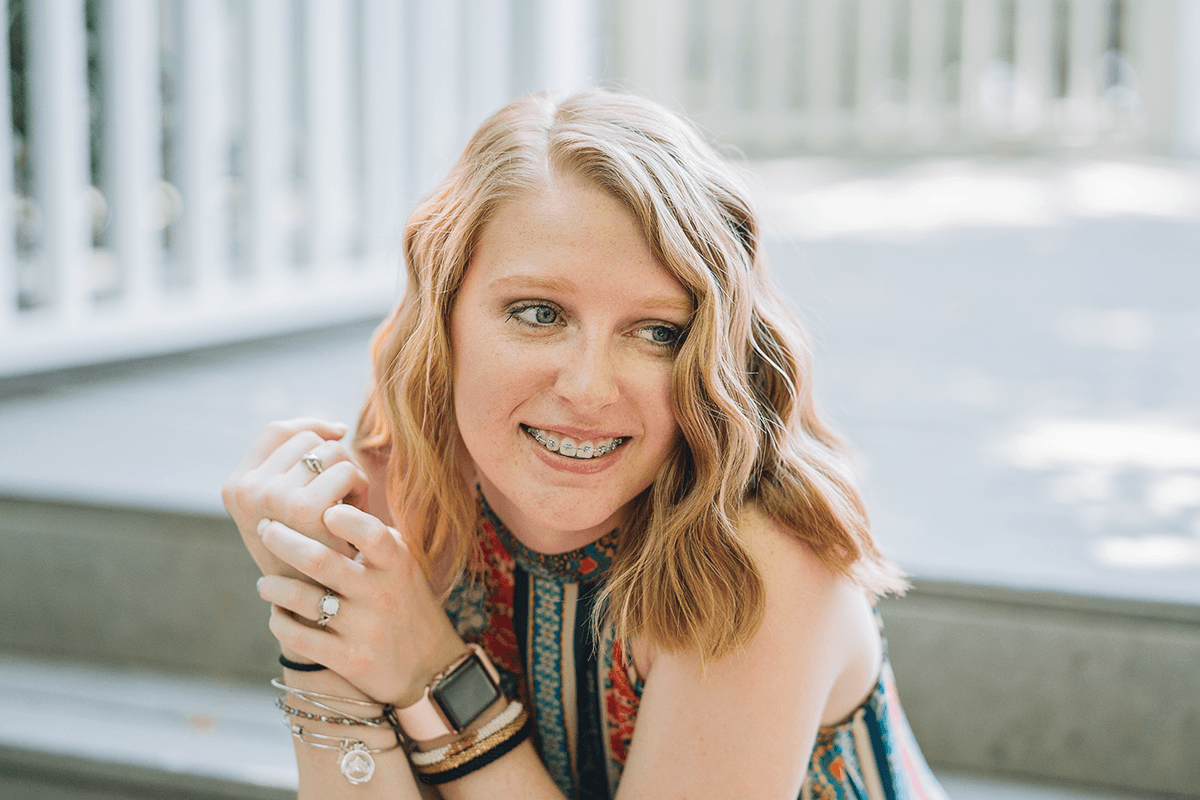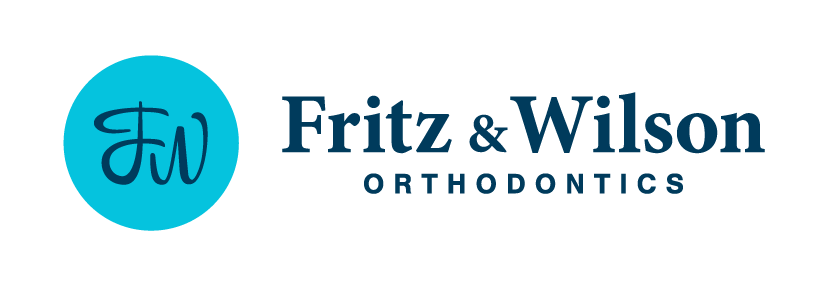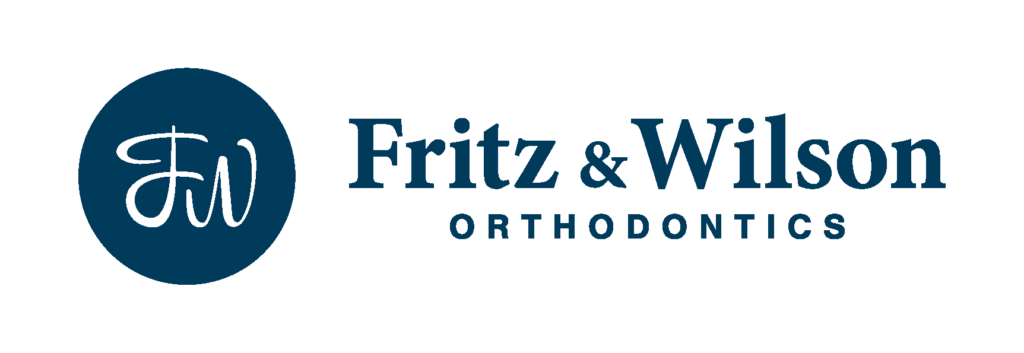Food Guidelines
Adjusting to Life with Braces
It’s natural to have some questions before you start treatment. We love that you’re curious!
Check out these common questions about life with braces, and if you still need answers, please reach out to us.


FAQs and Answers about Braces
How do I clean my teeth with braces or clear aligners?
Cleaning your teeth with braces is not as difficult as it may seem! Check out our Oral Hygiene tips for details on how to clean your teeth with recommended tools to make your hygiene routine even easier.
Learn about interdental brushes, antibacterial mouthwash, topical fluoride and daily appliance cleaning here!
What to eat your first week with braces
As a general rule of thumb, try to avoid foods that are considerably chewy, sticky, crunchy, or hard. These food items are infamous for damaging brackets and wires and breaking orthodontic appliances.
Knowing what to eat your first week with braces takes some of your own discretion. During the first week of your treatment, as your teeth and gums are adjusting, you may want to choose softer foods, like pasta, tuna, mashed potatoes, or soup. You can integrate harder foods into your diet as soon as you’re feeling up to it.
Check out a list of foods to eat and avoid with braces below!
Do braces hurt?
You’ll be relieved to know that getting braces does not hurt. When Dr. Fritz or Dr. Wilson places your braces on, we’re simply bonding brackets to your teeth and attaching the archwires. This won’t cause you any pain.
The first week you have braces, you may experience some minor soreness as your teeth and gums are adjusting. You can take some Tylenol® or another over-the-counter pain reliever to counteract the soreness. This should subside after the first week or two.
How long will my treatment period be?
Your treatment time will depend on a few factors, including your overall oral health, the severity of your case, and your diligence in wearing your clear aligners if you choose Spark™, Invisalign® or in-house aligners.
On average, a full treatment can take anywhere from 10 to 18 months, although your case may be shorter or longer.
Once Dr. Fritz or Dr. Wilson completes your complimentary exam, we’ll have an estimate of how long your treatment period will be. The length of your treatment may change, depending on how quickly your teeth are moving and whether you wear your appliances as instructed.
Can I play sports with braces?
Yes, your orthodontic treatment won’t stop you from living life on your terms! As long as you wear a mouthguard when playing sports, you won’t have to sit on the sidelines during the season.
With any type of braces, it’s incredibly important that you wear a mouthguard while playing sports. A mouth guard can protect your teeth from serious damage.
Is it normal if my teeth are wiggling during orthodontic treatment?
As weird as this sensation may be, this is normal! Your teeth and gums are adjusting to your braces. The whole point of your treatment is to guide your teeth into alignment, and with this movement comes some minor tooth wiggling.
Toward the end of your treatment, once your teeth have shifted into the desired position and you enter the retention phase, your teeth will stabilize and stop wiggling.
If any of your teeth are wiggling considerably and it concerns you, please don’t hesitate to give us a call. We’re here to calm your fears and ensure that you’re working toward the best possible results from your treatment.
How do I brush and floss my teeth while wearing braces?
When you get your braces on, we’ll show you how to properly brush and floss your teeth!
Maintaining your oral hygiene is especially important during orthodontic treatment. If you don’t brush and floss regularly, bacteria can grow between your teeth and around your brackets and archwires, causing permanent stains, cavities, or gum disease.
We recommend brushing more often (three times a day) to prevent potential plaque build-up. Floss daily, and use a water flosser to clear away any food debris that might be caught.
With Damon® self-ligating braces or traditional metal braces, you can use a specialized flossing threader that makes it easier to insert the floss thread between your teeth and braces. Specialized flossing threaders have a solid end that help you push the floss through the archwires.
Here’s how to brush properly with any type of braces:
- Brush the outside and inside of your teeth, as well as the chewing surface and gumline.
- Brush in small circles to reach between your archwires and around the corners of your brackets.
- Make sure you’re brushing thoroughly, but gently enough to avoid damaging your braces.
Will I need rubber bands (elastics) and orthodontic wax?
This will be determined during your initial exam. Some patients need rubber bands to align their bite, while others don’t. It all depends on your unique case.
Elastics for Braces
Elastics, or rubber bands, are one of the most common appliances used during treatment with braces, and can also be used with clear aligners in some cases. Elastics are hooked around a bracket on the top teeth and a bracket on the bottom teeth, or button/hook on the top aligner and button/hook on the bottom aligner, to exert persistent (but gentle) force.
Over time, this force aligns the teeth and jaw bones and treats malocclusions (poor bite conditions), like overbites, underbites, cross bites, and open bites.
Orthodontic Wax
Orthodontic wax is used in the case of minor orthodontic emergencies. If a wire pops loose, or a bracket is irritating your cheeks, orthodontic wax can be applied to the bracket or poking wire to provide temporary relief until you’re able to visit us.
To apply orthodontic wax, you’ll wash your hands, then pinch off a small piece of wax. You’ll roll this piece into a ball, then apply it to the DRY wire or bracket. Squeeze the wax into place to make sure it doesn’t fall off, then run your tongue over the wax to feel for any looseness. If there is too much saliva upon placement, the wax will not stay attached well.
Be sure to give us a call so your orthodontist can get your braces fixed at your next appointment.
Foods to Avoid
It’s important to regularly check your braces for bent or loose wires and brackets. In the event of a loose/broken wire or bracket, call our office immediately to arrange an appointment for repair.


Protect & Preserve Your Smile
Protecting your smile means committing to a strong oral hygiene routine that you practice every day, and avoiding foods that can damage your braces or jeopardize your oral health.
Once you get in a routine, life with braces will become your new normal! Please don’t hesitate to ask any questions about what to expect or how to adjust to orthodontic treatment in Holly Springs.

